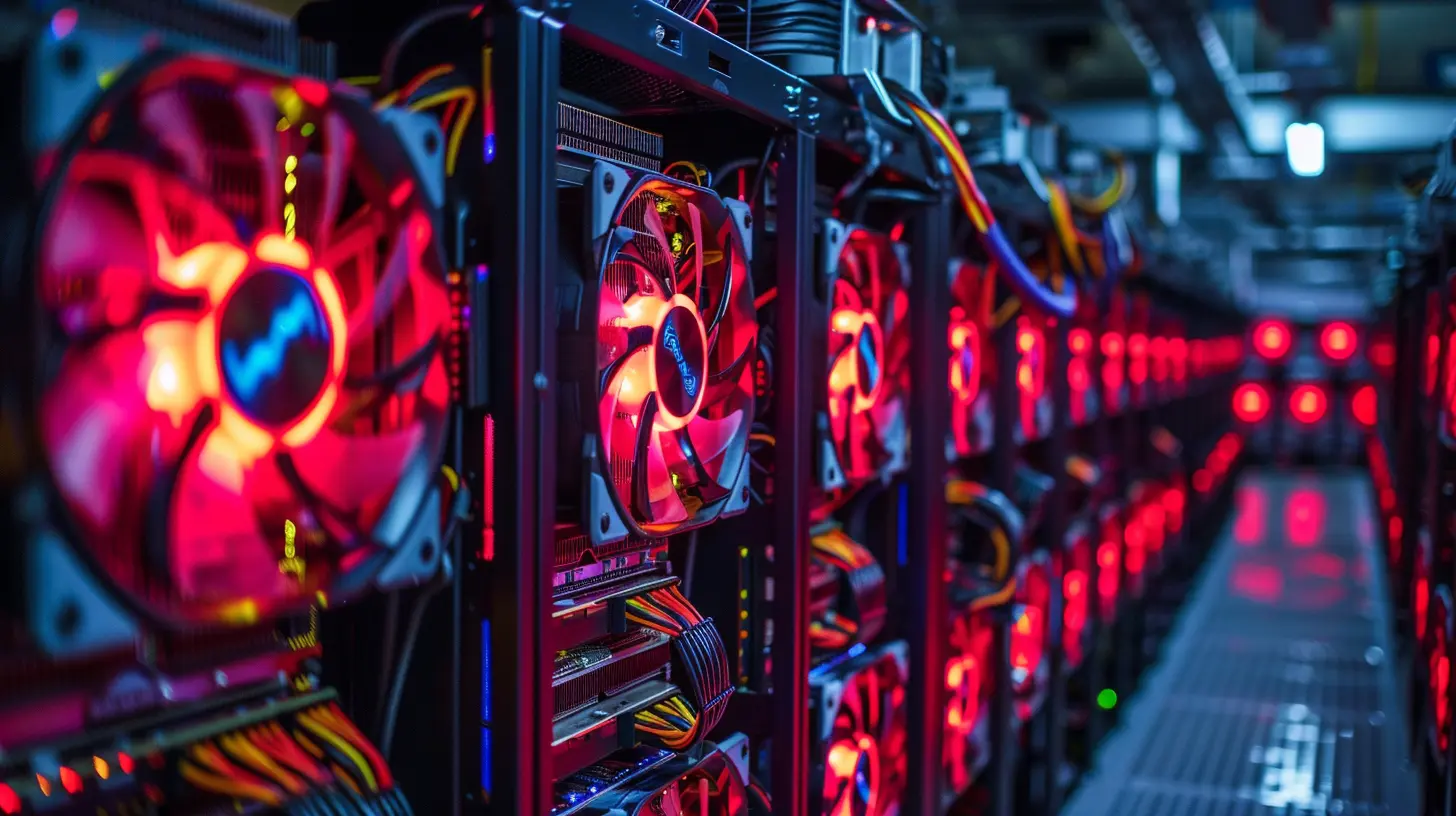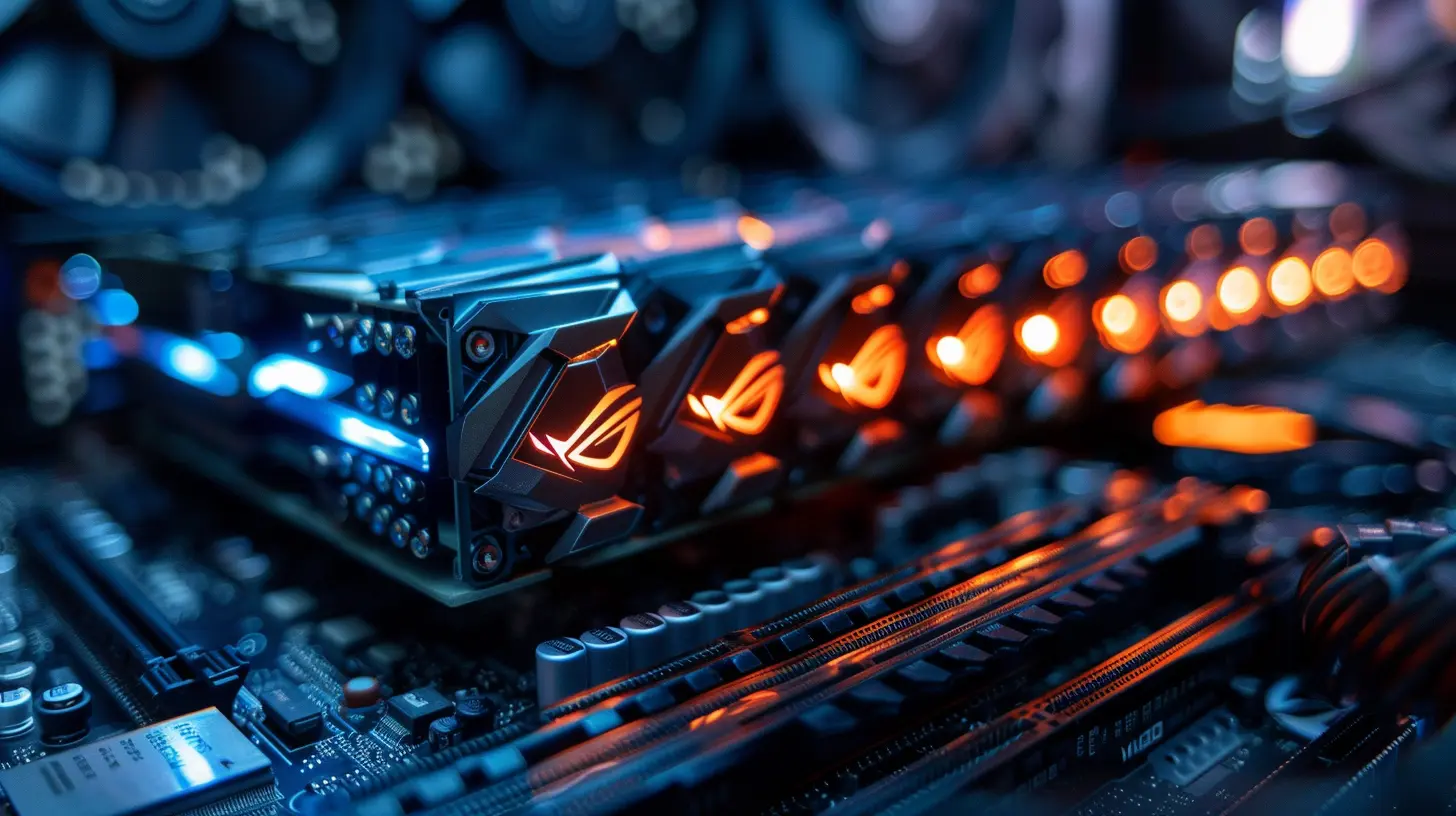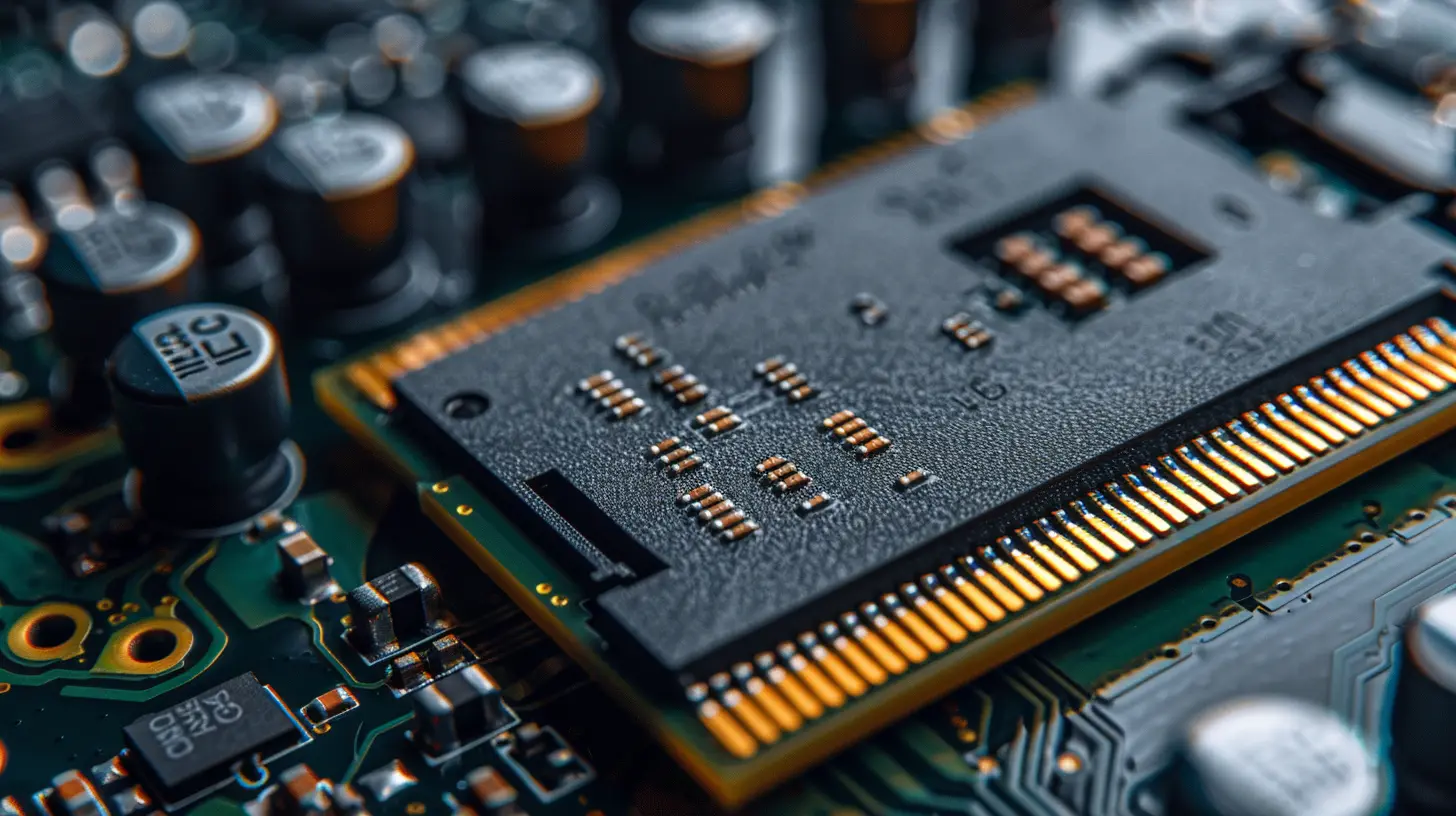The Impact of RAM Latency on Gaming: What You Need to Know
13 July 2025
If you’ve ever dug into the world of PC gaming hardware, chances are you’ve come across that mysterious term—RAM latency. We all know RAM (Random Access Memory) helps your games run smoothly, but what about those strings of numbers like 16-18-18-36 that show up on memory kits? What do they actually mean for gaming performance? And should you even care?
Let’s dive into what RAM latency really is, how it differs from RAM speed, and whether lower latency can give you a competitive edge in gaming. Don’t worry—we’ll keep it simple, maybe even fun.
What Is RAM Latency Anyway?
Before we talk about how it affects gaming, let’s break down what latency means in the RAM world.RAM latency refers to the time it takes for your computer's memory to respond to a command. Think of it as the “reaction time” of your RAM. When your CPU asks your RAM for some data, the delay between the request and the delivery is the latency.
There are two types of latency to know:
- CAS Latency (CL): The number of clock cycles it takes to access data.
- True Latency (ns): This is the actual time in nanoseconds, which depends on both the CAS latency and the RAM’s frequency (MHz).
Formula for True Latency:
CAS Latency ÷ (RAM Frequency × 2) × 1000 = Latency in nanosecondsYup, there's math involved… but don't sweat it. Just remember: lower latency = faster data access. That’s good, in case you were wondering.
RAM Latency vs RAM Speed: What’s More Important?
Now here’s where most gamers get stuck. You’ve got two major specs staring at you: frequency (like 3200MHz or 3600MHz) and CAS latency (CL16, CL18, etc.). Which one should you care about more?Let’s put it this way:
- High frequency = More data processed per second.
- Low latency = Faster access to that data.
So it’s a bit like this: Imagine frequency is the width of a water pipe, and latency is how quickly you can turn it on. Big pipe + quick access = smooth flow. Small pipe + slow access = frustration and lag.
The best RAM kits strike a balance between high speed and low latency. A fast 3600MHz kit with CL16 is usually better than a 3200MHz CL18, even though 3600MHz sounds fancier.
Does RAM Latency Really Affect Gaming?
Let’s answer the million-dollar question—Is RAM latency going to boost your frame rates?Short Answer
Yes, but not always by a lot.Longer, Tastier Answer
RAM latency affects gaming performance most in CPU-bound scenarios. That means if your graphics card isn’t the bottleneck, your CPU has to fetch and process data quickly. And that’s where latency matters. Games like:- CS:GO
- Valorant
- League of Legends
- DOTA 2
...can be more responsive with lower latency RAM. These games are all CPU-heavy and love fast, low-latency memory.
On the flip side, for AAA titles like Cyberpunk 2077 or Red Dead Redemption 2, your GPU pulls most of the weight. Upgrading your RAM latency there might not give you a noticeable edge—maybe 1-3 FPS if you’re lucky.
But if you’re sticking to 1080p gaming and chasing high frame rates, yes—RAM latency can make a difference.
Real-World Benchmark Examples
Let’s look at some real-world numbers. Suppose you test two RAM kits:1. DDR4-3200 CL16
2. DDR4-3600 CL18
You might think the second one would blow the first out of the water, right?
Wrong. Surprisingly, the DDR4-3200 CL16 has lower true latency than the DDR4-3600 CL18, thanks to that lower CAS latency. In certain games, that could translate to smoother gameplay and slightly better minimum FPS.
A test from Gamers Nexus shows that in Far Cry 5, for instance, low latency RAM gave up to 4% better performance. It’s not night and day, but if you play competitively, those frames matter.
RAM Latency and 1% Lows
You know what’s worse than low FPS? Inconsistent FPS.This is where latency truly shines. Lower latency RAM helps reduce those annoying micro-stutters by improving the 1% low FPS numbers.
So even if your average FPS doesn’t jump dramatically, your gameplay will feel smoother overall. Fewer hiccups, better consistency. That’s a win in our book.
Is Tight Timing Worth the Higher Price?
Now let’s talk dollars and sense.Low latency RAM, especially with tight timings, often costs more. That shiny CL14 kit with 3600MHz speed might look tempting, but it could be nearly 30–50% more expensive than a standard CL16 kit.
So, should you spend that extra cash?
Here's When It’s Worth It:
- You’re into competitive esports and every millisecond counts.- You want the best possible 1% lows and input latency.
- You’re into benchmarking or tweaking every bit of your rig.
- You’re using APUs (like AMD Ryzen integrated graphics)—RAM speed and latency matter a lot here.
Here's When It’s Not:
- You’re on a tight budget and would rather put money into the GPU.- You mostly play GPU-bound AAA games at high resolutions.
- You’re not planning on overclocking or tweaking memory settings manually.
RAM Latency and AMD vs Intel Systems
Another factor? Your CPU brand.AMD Ryzen Loves Fast & Low-Latency RAM
Ryzen CPUs have something called the Infinity Fabric, and it thrives on memory speed and latency. The sweet spot for Ryzen 3000 and 5000 series is typically DDR4-3600 CL16. Lower latency tightens the communication between the CPU cores and memory controller, bumping up performance.Intel? It's A Bit More Chill
Intel CPUs are generally less sensitive to memory latency. You’ll still see gains, especially in CPU-bound games, but they’re not as dramatic. If you're on Intel, you can probably get away with slightly higher latency RAM without noticing a thing.Overclocking RAM Timings: Is It Easy?
If you're feeling adventurous, you can manually tighten your RAM timings to squeeze out more performance. That means setting lower values for tCL, tRCD, tRP, and tRAS in your BIOS.But be warned—this takes some technical know-how, patience, and lots of rebooting. And yes, you can screw it up. But hey, if you’re into tweaking (and watching YouTube tutorials), it can be worth it.
Apps like Thaiphoon Burner, DRAM Calculator for Ryzen, and MemTest86 can help you navigate that minefield.
Will DDR5 Change the Game?
Now that DDR5 RAM is stepping into the arena, you might be wondering—what about latency there?Well, DDR5 has higher frequencies but initially comes with higher latencies than DDR4. So in the early stages, DDR5 might not outperform well-tuned DDR4 in gaming. But as the tech matures, we’ll see those timings tighten up.
If you’re upgrading to a new platform like Intel’s 12th Gen or AMD’s AM5 socket, it might make sense to future-proof with DDR5… just don’t expect massive gaming gains from latency alone—at least not yet.
Final Thoughts: Does RAM Latency Matter for Gamers?
So after all that tech talk, let’s land this plane.Here’s the TL;DR:
- Yes, RAM latency matters, especially in CPU-heavy games and lower resolutions.- Lower latency = faster data access + better 1% lows.
- It’s not a game-changer in most titles, but it can give your system that extra polish.
- Don’t blow your budget chasing ultra-low latency—balance is key.
If you're building a gaming PC today, go for something like DDR4-3600 CL16 or DDR5-6000 CL30 (if you're future-proofing). That’s the sweet spot for price and performance.
At the end of the day, RAM latency is a piece of the performance puzzle. It won’t make up for a weak GPU, but pair it with strong hardware and you’ll enjoy smoother, faster-loading, and more responsive gaming.
And let’s be real—every frame counts when you’re trying to land that headshot.
all images in this post were generated using AI tools
Category:
Computer HardwareAuthor:

Reese McQuillan
Discussion
rate this article
1 comments
Karson Franklin
In the realm where pixels dance and heroes soar, RAM’s swift whispers hold the key to lore. Latency, a shadow that dims the light, Unlock the magic—make your gameplay bright. Embrace the speed; let your triumph ignite!
July 18, 2025 at 2:31 AM

Reese McQuillan
Thank you for your poetic insight! Indeed, understanding RAM latency is crucial for enhancing gaming performance and ensuring a smoother experience.


